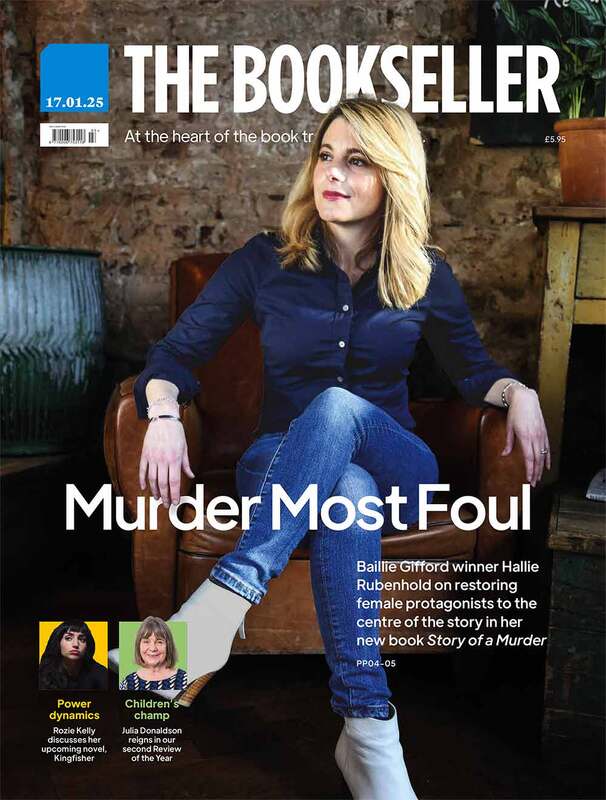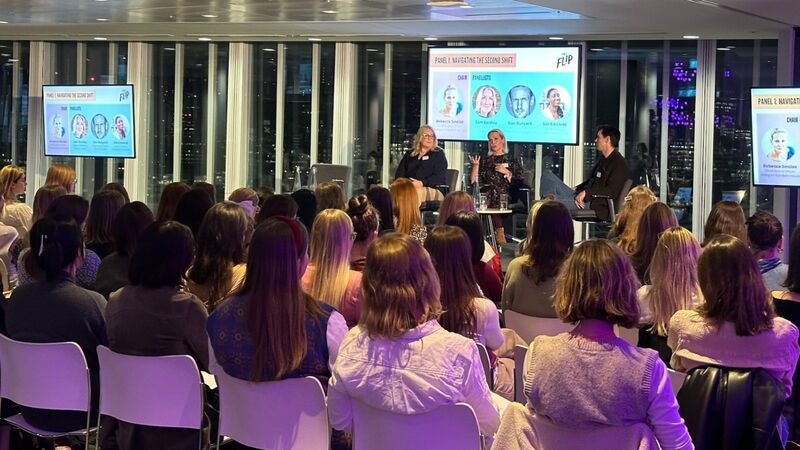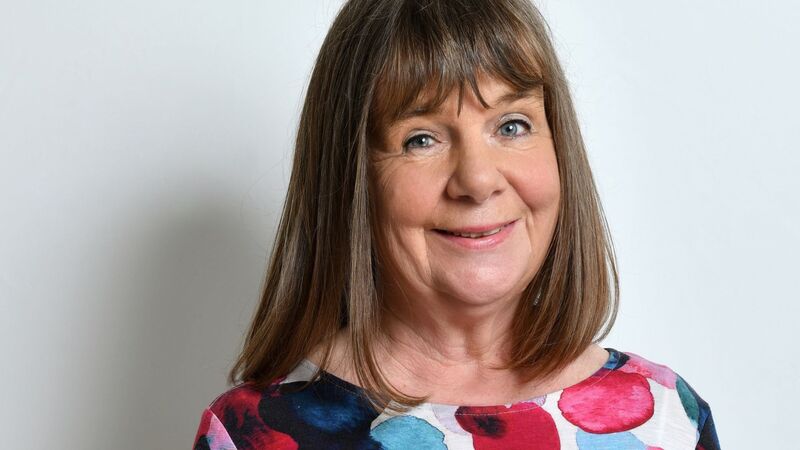You are viewing your 1 free article this month. Login to read more articles.
This is Going to Hurt tops the year-to-date chart
Adam Kay’s This is Going to Hurt is the biggest-selling e-book of the year so far, with 166,851 units sold, according to data supplied to The Bookseller by Bookstat, whose founder Paul Abbassi is a keynote speaker at FutureBook this year.
Ardent followers of The Bookseller’s weekly and monthly e-book charts will have seen this coming. The junior doctor memoir broke the record for weekly e-book chart number ones in August, soaring past digital behemoths Paula Hawkins’ The Girl on the Train and Gail Honeyman’s Eleanor Oliphant is Completely Fine. Bookstat tracks e-book data by following the relative movement of e-books on Amazon’s (and other e-book vendors’) charts. The Bookseller’s e-book charts are compiled from data supplied from publishers, but do not include titles sold for less than £1.99, and many digital-only presses—including most obviously Amazon Publishing—and self-published e-books.
Thus the Bookstat chart is the first e-book chart published in The Bookseller to feature self-published mega-seller Nicola May, who scored second place in the year-to-date chart, with The Corner Shop in Cockleberry Bay fewer than 10,000 units behind This is Going to Hurt. May is actually the only self-published author in the top 10, though three Amazon-published titles also feature.
In value terms, Heather Morris’ The Tattooist of Auschwitz was second place to This is Going to Hurt in the 2019 e-book chart, but scores fifth place for volume. The Tattooist..., like the junior doctor memoir, has racked up multiple weeks in The Bookseller’s chart top spot. Both e-books are two of just three titles in the chart with an average selling price of over £2.50, with Claire McGowan’s What You Did the third. For comparison, print’s average selling price for the year to date is £8.59 through Nielsen BookScan—expensive cook- books and "event" hardbacks, which don’t tend to sell as strongly in digital, will skew the a.s.p. upwards.
Rosie Walsh’s The Man Who Didn’t Call is the fourth-bestselling e-book of the year, and topped the digital chart for the week ending 26th October. However, it has never appeared in The Bookseller’s weekly e-book list, due to its 99p price, which makes it ineligible. Through Bookstat, The Man Who Didn’t Call’s digital average selling price works out at £1.11, which suggests that the bulk of its sales this year have been while priced at 99p.
T M Logan’s The Holiday, which racked up multiple number ones in The Bookseller’s weekly e-book charts across August, has now been discounted to 99p, with the lower price helping its weekly sales soar even further, and it charts second place in the Bookstat weekly chart for the week ending 26th October, above Kay’s This is Going to Hurt festive follow-up title, Twas the Nightshift Before Christmas.
Bookstat’s weekly e-book chart features two Amazon-published titles: Teresa Driscoll’s The Friend and Lucinda Berry’s When She Returned. Like The Bookseller’s weekly e-book list, the chart is mostly made up of fiction titles, with only Twas the Nightshift flying the flag for non-fiction.
Ahead of the game
It should be no surprise to see several of the biggest titles of the year in the Print Pre-order top 10. Through Nielsen BookScan’s Total Consumer Market, this year we have witnessed the fastest-selling hardback fiction launch since Harper Lee’s Go Set a Watchman in 2015, in the shape of Margaret Atwood’s The Testaments. That title’s first-week volume would have been boosted by substantial pre-orders so, unsurprisingly, it claims first place. This year the print market has also been boosted by the fastest-selling non-fiction book of all time: Kay Featherstone and Kate Allinson’s Pinch of Nom, which charts fifth in the pre-order list, with its follow-up, Pinch of Nom Food Planner, edging it out by 73 copies to claim fourth.
No doubt the original cookbook’s success boosted the sequel’s pre-order volume, though the original still leads the way in terms of in total, cross-format sales. While 9% of the original cookbook’s first-week sales came from online pre-orders, 42% of the Food Planner’s launch-week sales did. Similarly, fellow influencer Mrs Hinch’s second title, Mrs Hinch: The Activity Journal, posted pre-order sales of 19,196 units, beating her début, Hinch Yourself Happy—and that despite the first title outselling its successor by some 80,000 copies in its first week on shelves.
The illustrated Harry Potter book series benefits from a mammoth existing fanbase and, with J K Rowling and Jim Kay’s Harry Potter and the Goblet of Fire arriving after a two-year break, clearly pre-orders have had a long while to pile up. Bookstat’s chart shows ...Goblet of Fire’s pre-order volume at 13,225 units, a magical 84% of its first-week volume through Nielsen BookScan. The title did plummet 70% in volume in its second week on the shelves—perhaps its £32 r.r.p. doesn’t lend itself so well to the casual shopper.
Data source Bookstat. Date range Year to 26th October 2019. **Week ending 26th October 2019.
***Date range Year to 2nd November 2019. Bookstat generates its charts by tracking the movement of e-books, print books and audio titles on online retailers’ websites; the volume and value figures are therefore estimates. The pre-order charts includes sales up to publication, but not after, and does not include orders through high street bookshops.














